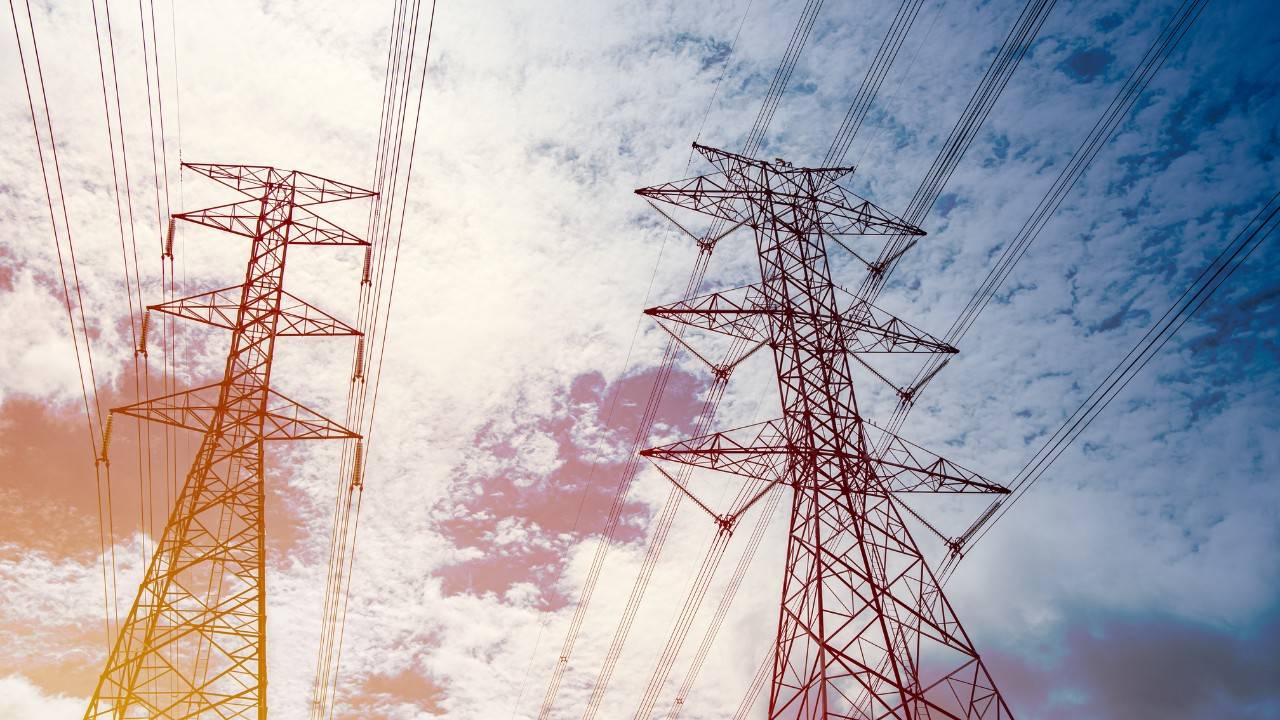Intel is taking a significant step in the global transition to renewable energy by becoming a key solutions provider to the Edge for Smart Secondary Substations (E4S) Alliance. This move positions Intel at the forefront of efforts to create a more adaptive and intelligent electricity grid.
The E4S Alliance is focused on revolutionizing the energy grid. Their vision involves transforming the current proprietary, hardware-centric grid system into an open, flexible, and software-defined energy network. This transformation is critical for modernizing the grid and making it more responsive to the needs of a renewable energy future.
Europe is home to approximately 17 million secondary substations, crucial for medium-to-low voltage power conversion. Intel’s role in this transformative project involves digitalizing these substations with advanced, secure, and modular technology, enhanced by Intel’s silicon expertise.
The project caters to the needs of some of the world’s largest distribution system operators, such as Enedis, E-Redes, Iberdrola, and UFD of the Naturgy Group. The new system promises to make the power grid more resilient and efficient. With Intel’s technology, the grid will gain the flexibility needed to better integrate and utilize renewable energy sources like solar and wind.
Mike Bates, general manager of Intel’s Energy Center of Excellence, emphasized the impact of this technology on reducing climate footprints. He stated, “With almost 30 million substations worldwide, Intel is powering a tremendous opportunity to reduce climate footprints by adopting cleaner energy sources — an important milestone as countries work toward net-zero global greenhouse gas emissions.”
Renewable energy’s inherent variability has traditionally posed challenges for its consistent deployment on the grid. Intel’s solution addresses this by enhancing grid flexibility, allowing for more effective use of renewable energy. This approach also bolsters grid resilience, particularly in response to natural disasters, by enabling utilities to tap into diverse energy sources regardless of location.
Intel’s contribution to the alliance encompasses a broad range of technologies, including hardware, software, security, artificial intelligence, and communication solutions. The substations powered by Intel Core processors will feature AI, Internet of Things capabilities, and advanced networking technology.
This initiative allows energy providers to adapt quickly to changing demands, optimizing the use of renewable and intermittent energy sources. Intel highlights the solution’s capacity for real-time operations and enhanced communications between utilities and substations.
Intel is also making strides in its own operations, aiming for 100% renewable electricity by 2030. The company had already achieved 93% renewable electricity globally by the end of 2022.
Field trials for the E4S solution are set to continue through 2024, with plans for a subsequent global rollout. The American Council for an Energy-Efficient Economy (ACEEE) estimates that a single upgraded substation can significantly cut carbon emissions, equivalent to removing up to 1,800 gasoline-powered cars from the roads.
As the world grapples with the challenges of climate change, Intel’s involvement in the E4S Alliance represents a bold step towards a smarter, more sustainable energy future.
More inspiring green news similar to this:

